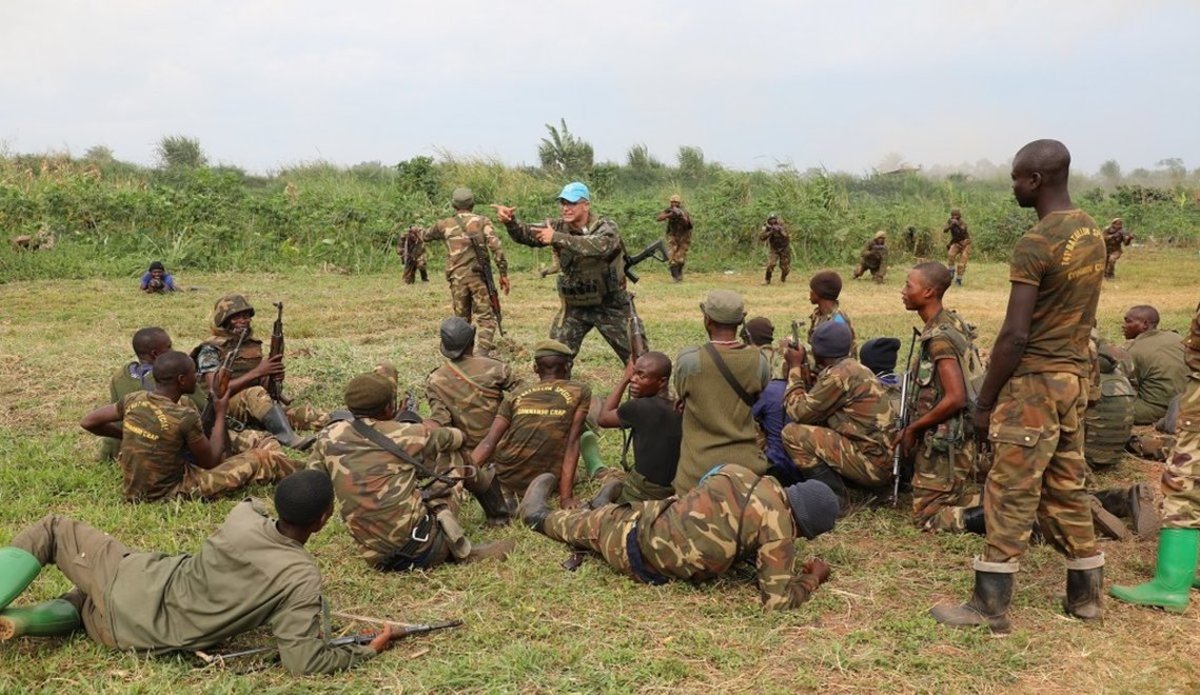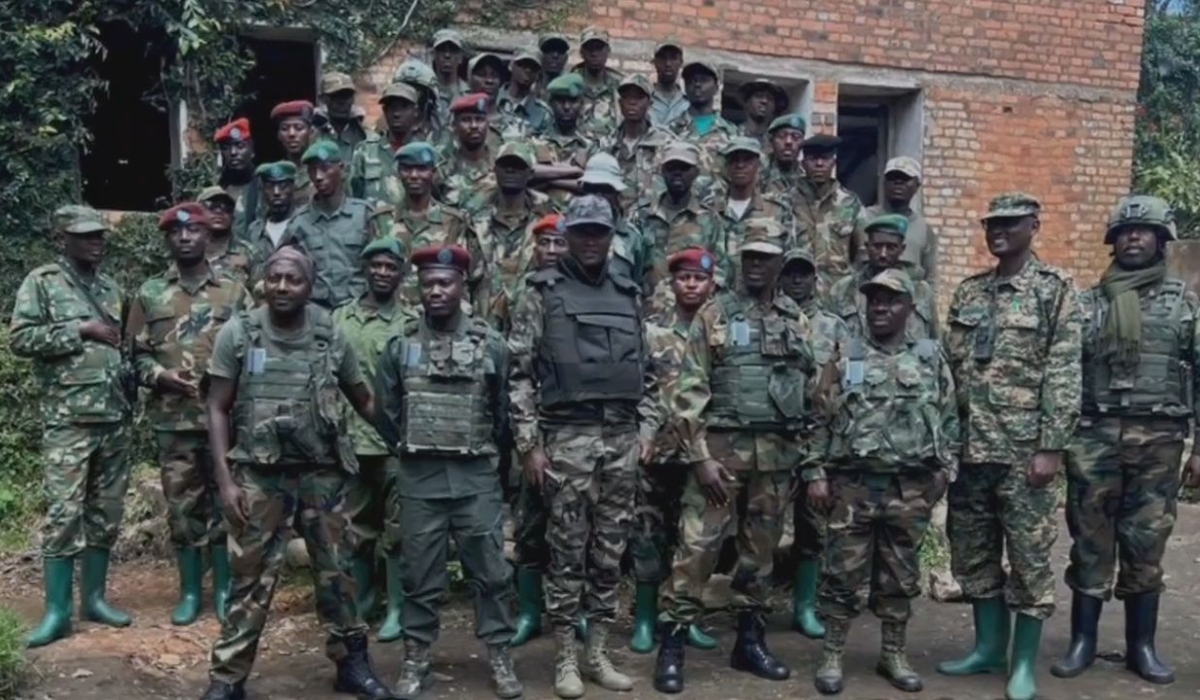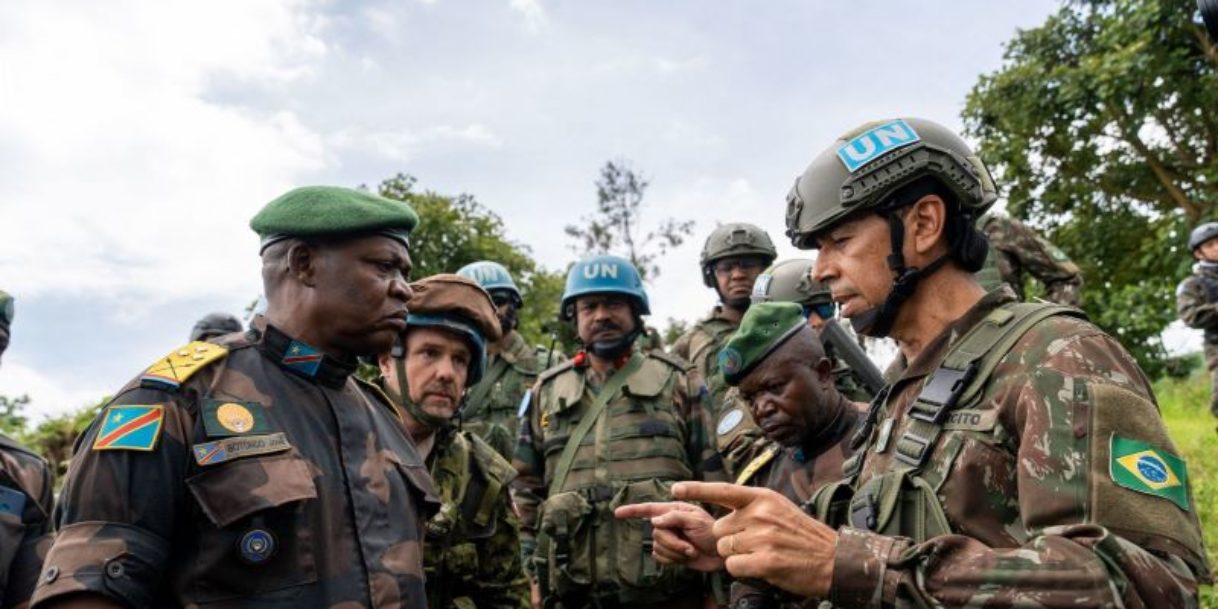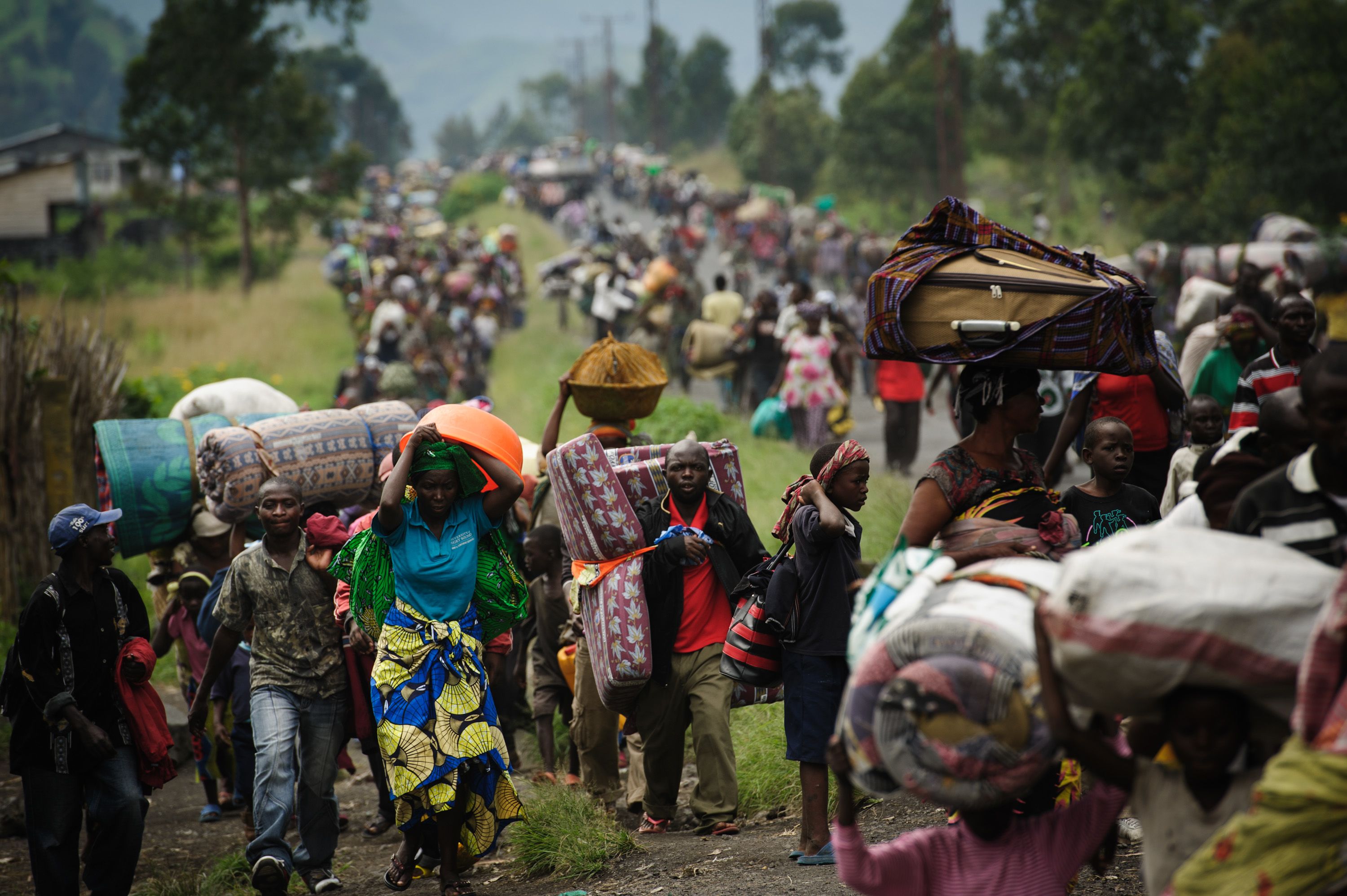Regional
What DRC should do to solve security crisis

UN troops training the Congolese army in DRC.
The
protracted security crisis in the Democratic Republic of the Congo (DRC) has
proven to be too much for the country to handle. For over 30 years, the eastern
part of the country has been a battlefield, and Kinshasa has exacerbated the
situation rather than finding a solution.
Though
it presents itself as the victim, the Congolese government holds the key to
long-term solutions to the armed conflicts in the east and elsewhere in the
country. Eastern DRC could be a hub of
peace and prosperity if the Congolese government took a few right steps. Let's
look at each one of them.
Dismantling
FDLR and other armed groups
The
FDLR is a UN-sanctioned terrorist group formed by remnants of the perpetrators
of the 1994 genocide against the Tutsi in Rwanda. The genocidal militia fled to
DRC, then Zaire, after their genocidal regime was defeated.
They
found a safe haven in eastern DRC where Kinshasa kept arming and supporting
them in their grand plan to attack Rwanda, overthrow the current democratically
elected government and continue their unfinished job; to massacre the Tutsi.
The
FDLR poses a security threat not only to Rwanda but also the region at large.
The
Congolese government has repeatedly signed FDLR disarmament and neutralization
agreements. However, none of those agreements were implemented. Instead,
Kinshasa continued to support this genocidal militia and even went as far as
incorporating FDLR into the Congolese national army. Some FDLR combatants are
in the country’s republican guards.
In
eastern DRC, the FDLR freely spread hate speech and genocide ideology against
the Congolese Tutsi.
Protecting
Kinyarwanda-speaking Congolese
Kinyarwanda
speaking Congolese especially the Congolese Tutsi have been the target of
persecution and death orchestrated by a myriad of armed groups operating in
eastern DRC with the support of successive Congolese governments.
Hate
speech and divisionism have been a tool used to persecute Kinyarwanda-speaking
Congolese. The Congolese government has failed to address the issue, instead
supporting it, claiming that Kinyarwanda-speaking Congolese are Rwandans who
have to return to Rwanda.
Consequently,
millions of Kinyarwanda-speaking Congolese fled their country to seek refuge in
neighbouring countries and elsewhere across the world.
Congolese
Rwandophones found themselves in eastern DRC, where the then Rwandan
territories of Rutshuru, Bunyabungo, Masisi, Gishali, Tongo and Idjwi, among
others, were given to DRC as result of the Belgian administration’s
resettlement programme of Rwandese in the Congo – movement de l' installation
de la population – implemented from 1931.
Since
then, Kinyarwanda-speaking Congolese have been persecuted and denied their
rights by other Congolese communities with the knowledge of Congolese governments,
claiming that they were “foreigners who want to balkanize eastern DRC,”
ignoring the fact that they received those people during the partition of the
borders by the colonialists.
The
government accepted the land but never wanted to respect the people received
under that partition. This partition of borders has been a key factor as
regards the hostilities in eastern DRC.
Knowing
that if Kinyarwanda-speaking Congolese don’t fight they would all be
exterminated, the M23 rebel group took up arms to defend themselves against an
existential threat.
The
rebels’ demands to their own government have been simple. All they need is to
be integrated in the national army, protect the lives of Congolese Tutsi and be
recognized as legitimate Congolese citizens.
Repatriating
Congolese refugees
By
February 2023, the UN Refugee Agency reported more than one million Congolese
refugees and asylum-seekers in countries bordering DRC, with nearly half of
them sheltered in Uganda (479,400). Others are scattered in Burundi (87,500),
and Tanzania (80,000) and elsewhere.
Rwanda
has more than 100,000, Zambia 60,000; the Republic of Congo 30,000 and Angola
25,000.
In
2022 alone, Rwanda and Uganda received more than 100,000 refugees from eastern
DRC. The number is increasing day by day as the hostilities keep growing.
The
Congolese government has refused to deal with the refugee crisis. If Kinshasa really
needs to bring peace in its eastern part, it should pave the way for these
countless Congolese refugees to be repatriated to their homeland.
Regulating
mining activities
The
mineral rich country has been experiencing problems in managing its vast export
sector. Mismanagement of mining companies triggered the creation of myriad of
illegal and ghost mining companies which is responsible for illegal
exploitation of minerals and armed robberies.
The
illegal mining activities led to the creation of numerous armed groups to
protect the interests of Congolese political actors and officials involved in
the administration of the mining trade.
According
to the UN group of experts on DRC, Congolese President Felix Tshisekedi is
among those who formed militia groups in the east of the country to protect
their mining sites, claiming that they were there to combat fraud within the
sector.
Through
illegal mining, several armed groups are able to buy arms and ammunitions
beyond what they get from Kinshasa. Sadly, innocent Congolese civilians are the
victims of barbarity of those government sponsored armed groups.
If
successive DRC governments had managed and established effective mining
practices, the industry would have been the country's largest source of wealth,
but it has instead become a source of insecurity and disorder.
The
DRC’s enemy and cause of their insecurity is not their neighbors. The enemy is
within the country. It is bad and ineffective leadership.





